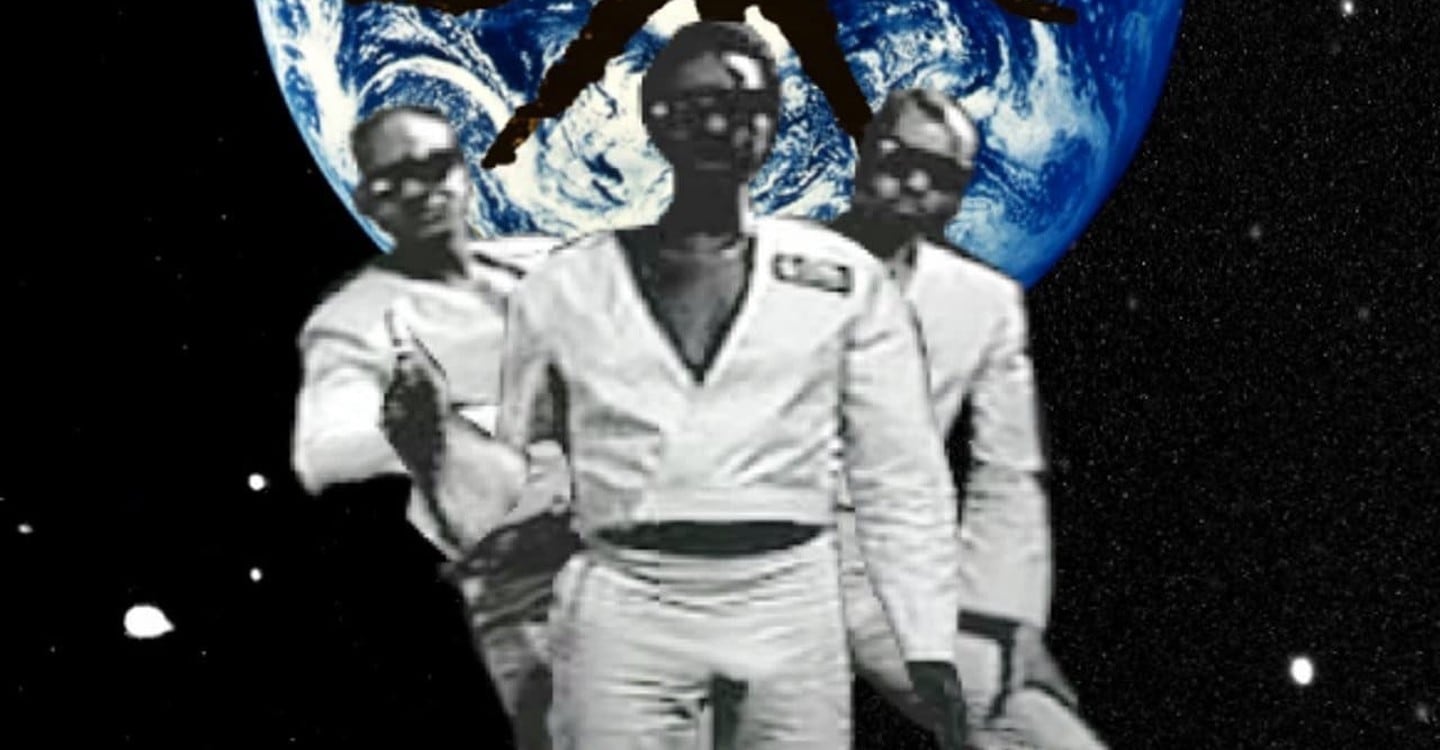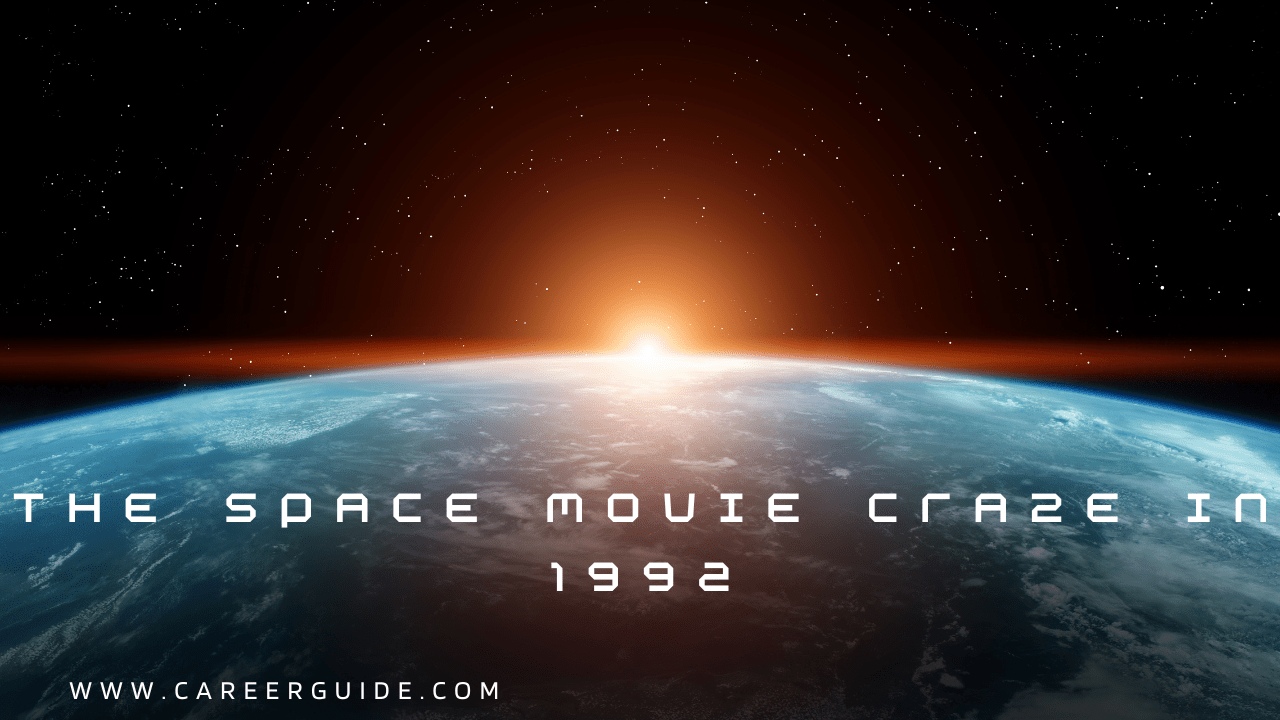Introduction to the year 1992 in film industry
The year 1992 was a pivotal moment in the film industry, marking a time when cinematic storytelling pushed boundaries and invited audiences into new realms of imagination. It was a year filled with memorable releases that spanned various genres, but one theme stood out: space. As filmmakers began exploring the cosmos more extensively, they captured our fascination with the great beyond. Amidst this stellar backdrop, one particular space movie made waves that are still felt today. Curious about what space movie came out in 1992? Let’s embark on this cosmic journey together!
Overview of space-themed movies released in 1992

The year 1992 brought a fascinating array of space-themed films to the silver screen. Audiences were treated to imaginative storytelling and groundbreaking visuals that reflected the era’s fascination with outer space.
Among them was “Alien 3,” which continued the legendary saga of Ellen Ripley. This film pushed boundaries in both horror and science fiction, offering a gritty narrative set on a remote prison planet.
Another notable release was “Star Trek VI: The Undiscovered Country.” This entry marked a poignant farewell for the original crew, blending political intrigue with interstellar adventure.
With each movie, filmmakers explored different facets of humanity’s relationship with space. From thrilling action sequences to deep philosophical questions, these films captured hearts while pushing cinematic limits. Each story resonated differently but shared an underlying theme: our endless curiosity about what lies beyond Earth’s atmosphere.
Analysis of the top-grossing space movie of 1992

The top-grossing space movie of 1992 was undoubtedly “Alien 3.” Directed by David Fincher, this film took the iconic franchise into darker territory.
“Alien 3” introduced audiences to a bleak and isolated prison planet. The stakes were high as Ripley faced horrifying new threats. Critics often debated its departure from the previous films’ tone.
Visually striking, the movie made bold choices in set design and cinematography. It shifted away from action-packed sequences toward psychological horror elements.
While it didn’t surpass its predecessors at the box office initially, it gained a significant following over time. Fans appreciated its ambition and willingness to challenge conventional storytelling.
This installment also pushed boundaries for special effects in science fiction cinema during that era. Its legacy is woven into discussions about character development and thematic depth in future space movies.
Impact and cultural significance of the movie

The release of the space movie in 1992 marked a pivotal moment in sci-fi cinema. It bridged the gap between traditional storytelling and high-concept science fiction.
Audiences were captivated by its ambitious visuals and complex themes. This film pushed boundaries, exploring human emotion against vast cosmic backdrops. The characters’ struggles resonated deeply with viewers, prompting discussions about existentialism and our place in the universe.
Culturally, it inspired a wave of creativity. Filmmakers began to experiment more boldly with special effects and narrative structures. The influence can be seen in subsequent films that sought to balance spectacle with meaningful stories.
Moreover, this movie fostered an enduring interest in space exploration within popular culture. Its legacy continues to inspire new generations of filmmakers and audiences alike, reminding us of both the wonders and perils that lie beyond Earth’s atmosphere.
The historical context surrounding the release of the movie
The early 1990s was a transformative time for cinema. Audiences craved innovation and spectacle following the technological leaps of the late ’80s. Special effects were evolving rapidly, allowing filmmakers to push boundaries.
In 1992, space exploration was not just a fantasy; it was part of our reality. NASA’s missions inspired public interest in outer space, with events like the launch of the Space Shuttle Endeavour capturing imaginations worldwide.
This year also marked an era where sci-fi began to blend with more emotional storytelling. Filmmakers sought to explore human experiences against vast cosmic backgrounds.
Moreover, geopolitical changes influenced artistic expression during this period. The Cold War’s end opened doors for new narratives that transcended old rivalries, giving rise to collaborative themes often set in otherworldly contexts.
As audiences flocked to theaters, they embraced stories that took them beyond Earth—into realms unknown yet fascinatingly relatable.
Reception and reviews from critics and audience
Upon its release, the space movie from 1992 garnered a variety of responses. Critics were intrigued by its ambitious storytelling and visual effects that pushed boundaries at the time. Many praised the film’s ability to blend science fiction with emotional depth.
Audiences were equally captivated. They appreciated the engaging plot and memorable characters, which resonated with viewers of all ages. Box office numbers reflected this excitement, showcasing strong ticket sales during its opening weeks.
However, not everyone was convinced. Some critics pointed out pacing issues and questioned character development in certain areas. Yet, these critiques did little to dampen enthusiasm among fans who found joy in its imaginative portrayal of space travel.
Social media discussions played a pivotal role post-release as audiences shared their thoughts widely online. This engagement only solidified the film’s place in pop culture during that era.
Legacy and influence on future space movies
The impact of the 1992 space movie resonates through many subsequent films. Its groundbreaking special effects set a new standard in visual storytelling, influencing how filmmakers approached sci-fi.
Future directors began to experiment with more ambitious narratives and complex characters. The blend of emotional depth with cosmic adventures became a template for success.
Several iconic films released in later years borrowed thematic elements from this classic. They explored humanity’s relationship with technology and our place in the universe, echoing its core messages.
Even modern blockbusters can trace their roots back to the innovations introduced in 1992. The balance between exciting visuals and compelling storytelling has become an essential formula for captivating audiences today.
As we reflect on its legacy, it’s clear that this film paved the way for a richer exploration of space cinema, inspiring generations of creators to dream bigger and reach farther into the cosmos.
Conclusion: what space movie came out in 1992
In 1992, the film industry witnessed the release of “Alien 3.” This third installment in the iconic Alien franchise took viewers on a gripping journey through space and survival.
Set against a backdrop of isolation and despair, it continued to explore themes of humanity and monstrosity. While it faced mixed reviews upon its debut, “Alien 3” has since gained appreciation for its bold narrative choices.
Its unique blend of horror and science fiction pushed boundaries that few films had dared to venture before. The haunting atmosphere captivates audiences even today.
The legacy left by “Alien 3” is undeniable. It laid the groundwork for future filmmakers aiming to craft complex narratives within the sci-fi genre. Fans still debate its merits, showcasing its lasting impact on cinema history.
FAQs: what space movie came out in 1992
The year 1992 was a notable one for the film industry, particularly in the realm of space-themed storytelling. It marked a period where filmmakers began to push boundaries and explore new narratives set against the vast backdrop of outer space. Among the various films released that year, there was one standout that captured both imagination and box office success.
Several space movies graced theaters in 1992, but none made quite as significant an impact as “Alien 3.” This film continued the saga of Ellen Ripley, played by Sigourney Weaver. While it faced criticism during its release for its darker tone and departure from previous installments’ formula, it undeniably contributed to discussions about survival horror within sci-fi cinema.
“Alien 3” performed well at the box office despite mixed reviews. Its exploration of existential themes resonated with audiences looking for depth beyond mere entertainment. The movie also introduced unique visual aesthetics and advanced special effects for its time—elements that would influence future science fiction projects.
Culturally, “Alien 3” sparked conversations around female-led action roles in Hollywood—a subject still relevant today. The character of Ripley became iconic not only as a survivor but also as a symbol of strength in adversity.
Upon its release, critiques were polarized; some lauded its ambition while others felt disillusioned by what they perceived as deviations from franchise expectations. Nevertheless, audience reactions were generally positive due to strong performances and riveting suspense sequences.
The legacy left behind by “Alien 3” is seen in countless space flicks produced afterward. Its bold narrative choices paved the way for more complex characters and stories within this genre—an evolution that’s still visible today with newer titles exploring similar themes.




Pingback: Top 10 Ella Purnell Movies and TV Shows You Need to Watch